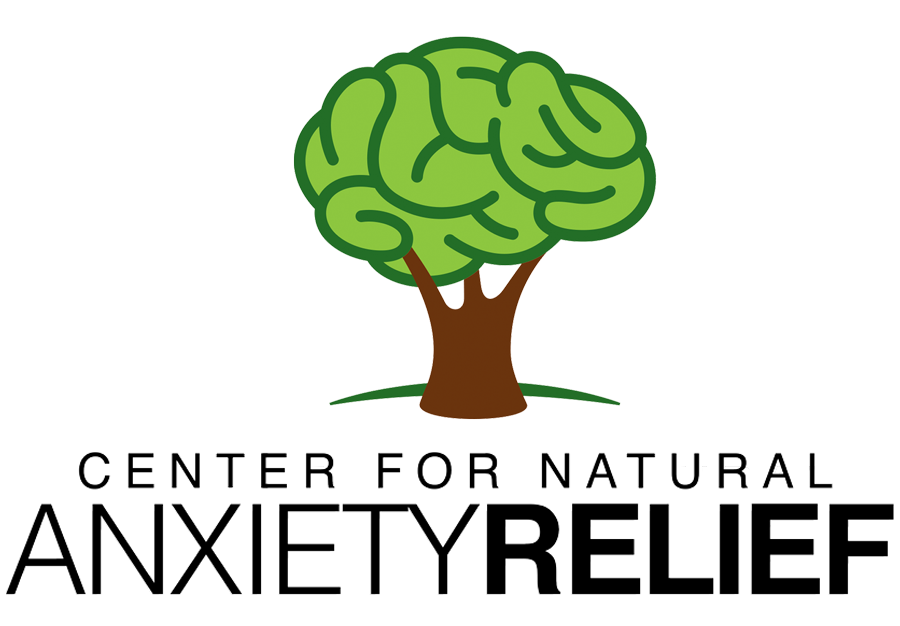
26 Jul SUFFERING SHOWS US HOW WE CAN HEAL
Pain and suffering are teachers in our lives. Oftentimes, suffering is unavoidable, such as that agonizing feeling of loss and heartbreak proceeding the death of a loved one. In such cases, it is a duty to one’s self to open the body and heart to a full experience of the human condition and accept the experience of pain as part of a process of healing. Yet, how do we know when suffering is avoidable? Are all lessons in life best learned through pain?
Quite often suffering is a result of our habitual patterns of thinking, feeling, and being. Viewing these experiences through the lens of the spiritual law of karma may help us to find meaning within that suffering. We all have those characteristic response patterns, situations, and interrelational dynamics that we continue to encounter in seemingly different times and places. The law of karma is that every action has a reaction, and this cycle of energetic exchange will continue to propagate itself, as we habitually “kick” the wheel of karma and keep it spinning. We often meet those familiar situations of karmic déjà vu and proceed to entreat, “Why am I here again? I thought I dealt with this issue years ago!” These uncanny and visceral reactions to familiar occurrences are all insights into our karma that we can use to gain a deeper self-awareness. Sometimes, the mere act of bringing awareness to the suffering itself alleviates its mental and emotional sting.
Perhaps we have the opportunity to transcend our karma through awareness and bypass all that suffering. However, pure awareness is not constant, because we humans are fallible and prone to being consumed by stress and distractions. Thus, the fact of the matter is that we often do not close the book on a karmic pattern permanently. We have moments of consciousness that drive us to make mindful and healthy choices, but we can easily slip back into those familiar karmic patterns. These slips are no reason to be discouraged. Each time we encounter these patterns, we access another glimpse of insight into the challenges we are meant to face and the lessons we are meant to learn in this lifetime. When the lesson has been learned, a particular karmic pattern will cease to present itself. Usually, we only become aware of the exact lesson retrospectively. It is hard to be an impartial observer, especially when we are emotionally charged with the stimulating reality of the present moment. The kindest approach we can take for ourselves is to be patient and accepting of our process of learning and healing, and meet our karma with awareness rather than deny it.
After accepting the reality of our karmic situation, we have four choices we can make to work with our karma. We can actively live our karma, until we experience enough suffering to learn the life lesson, so that we never have to repeat it. This is the path of karma yoga, which the Bhagavad Gita, a Hindu spiritual text, posits is the action-oriented means of generating karma and learning those valuable life lessons. Alternatively, we can cultivate enough self-awareness through mindfulness practices and exercise enough self-restraint to make that leap into changing even the smallest of habits. This is the much less common path of jnana yoga, the path of contemplation. It involves self-analysis and introspection into our thoughts, which serve as templates for our actions. Then there are the paths of bhakti yoga and raja yoga, the paths of devotion and meditation, respectively. When following the path of yoga, there is a distinction to be made between meditation and contemplation. Meditation involves mere observance of thoughts, while contemplation involves following those trains of thought in an effort to achieve deeper understanding. When confronted with an issue that warrants our attention, it is helpful to do both, all the while being aware of which one our mind is actually practicing. The yogic path to union with our dharma is challenging, because the daily stressors and demands of modern life may occupy our consciousness and cloud that space of inner peace from which mindful and healthy decisions can be made. Yet at the same time, our responses to those stressors and the subsequent cascade of events provide opportunities to learn karmic lessons.
This is by no means to say that those who appear to be unhealthy have “bad” karma, and those who appear to be healthy have “good” karma. The nature of karma is that it is indifferent to the labels of “good” and “bad”. It is not a force that punishes; rather, it is a force that establishes equilibrium. It is a simple law that every action has a reaction, and that as beings of free will we are accountable for the consequences of our actions. Karma is a universal law, and the limited sphere of the individual cannot see the entire picture of collective actions and reactions; we can only see a snapshot or glimpse a small piece of the whole.
In the same way that suffering can provide insight into our karmic patterns, symptoms provide insight into the patterns of our body that perpetuate illness. A distunement of the vital force triggers a signaling cascade that manifests itself as an inflammatory response, which we experience as pain and report as a symptom. An insightful doctor will read these signs and work to re-attune the vital force to stimulate the vis medicatrix naturae and promote self-healing. If doctors were to view their patients as merely victims of bad karma, they would be projecting their egos’ prejudices and preconceptions onto other individuals. This is neither ethically just nor therapeutically effective. At their core, individuals neither need nor desire our opinion of whether or not they are “doing a good job” with managing their lives. Who they need is a non-judgmental “other” who can simply bear witness to their process. That witness can serve as a mirror and hold space for them to live out their karma through experiencing the contrasts of both pain and joy. Pain is inevitable. We are human beings with bodies that age over time due to the sheer stress of maneuvering through the world. In contrast, suffering comes from our attachment to that pain, our inability to experience it in its immediacy and let it pass. Understanding how we react to pain and experience suffering will provide insight into how we can heal. Contemplating on karma may provide an avenue to find meaning within suffering and transform painful experiences into valuable life lessons. The process of healing in itself can provide lifetimes worth of karmic lessons.



No Comments